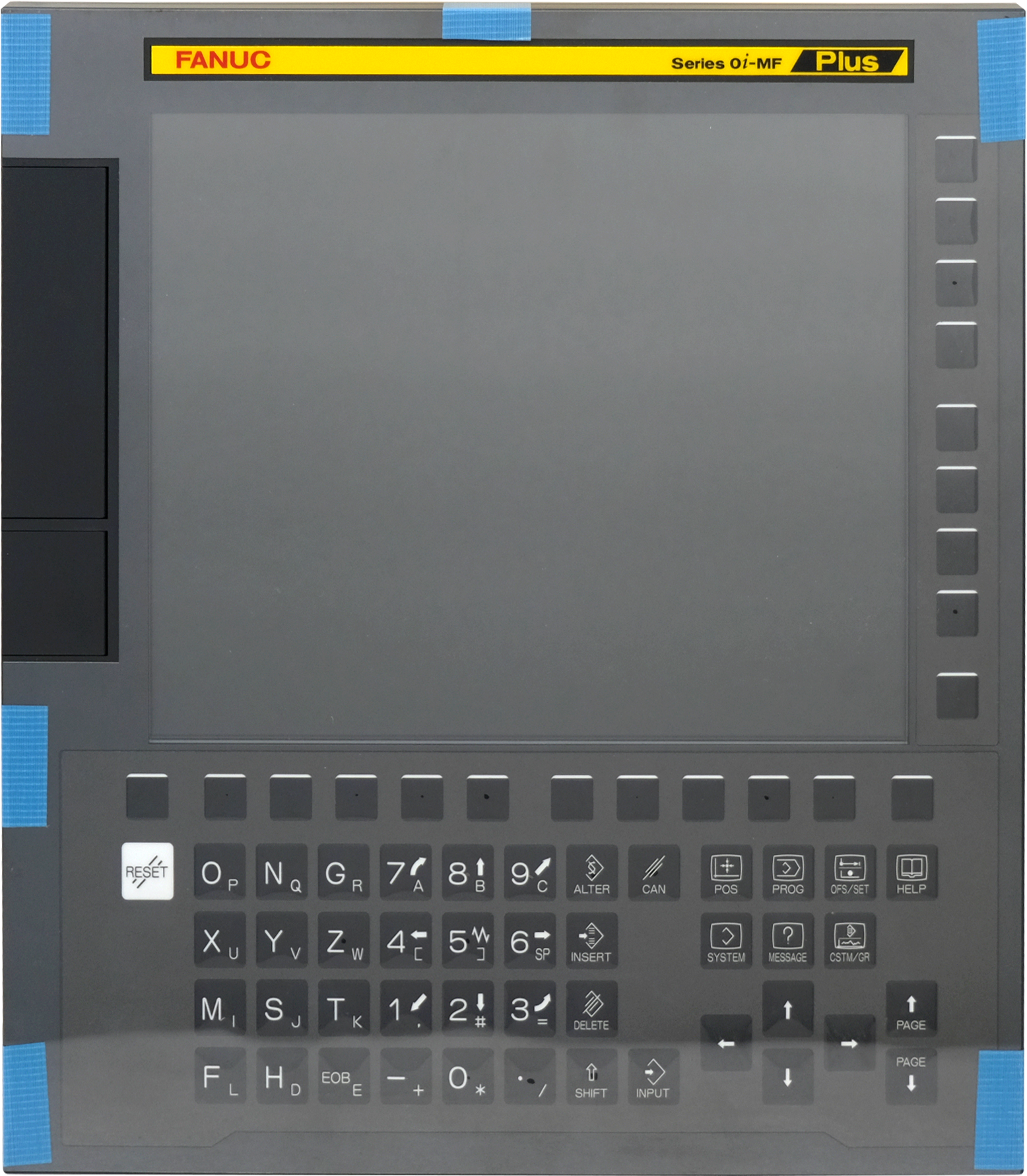industrial sensors
Industrial sensors represent a cornerstone of modern manufacturing and process automation, serving as the critical interface between physical processes and digital control systems. These sophisticated devices are engineered to detect and measure various physical properties, including temperature, pressure, proximity, level, flow, and position, converting these measurements into electrical signals that can be interpreted by control systems. Today's industrial sensors incorporate advanced technologies such as IoT connectivity, real-time data processing capabilities, and smart diagnostics, enabling them to provide unprecedented accuracy and reliability in harsh industrial environments. They play an essential role in quality control, process optimization, predictive maintenance, and safety systems across diverse industries, from automotive manufacturing to chemical processing. The latest generation of industrial sensors features enhanced durability, improved signal processing, and integrated communication protocols, allowing seamless integration with Industry 4.0 frameworks. These devices are designed to maintain consistent performance under extreme conditions, offering long-term stability and minimal drift while requiring minimal maintenance.

